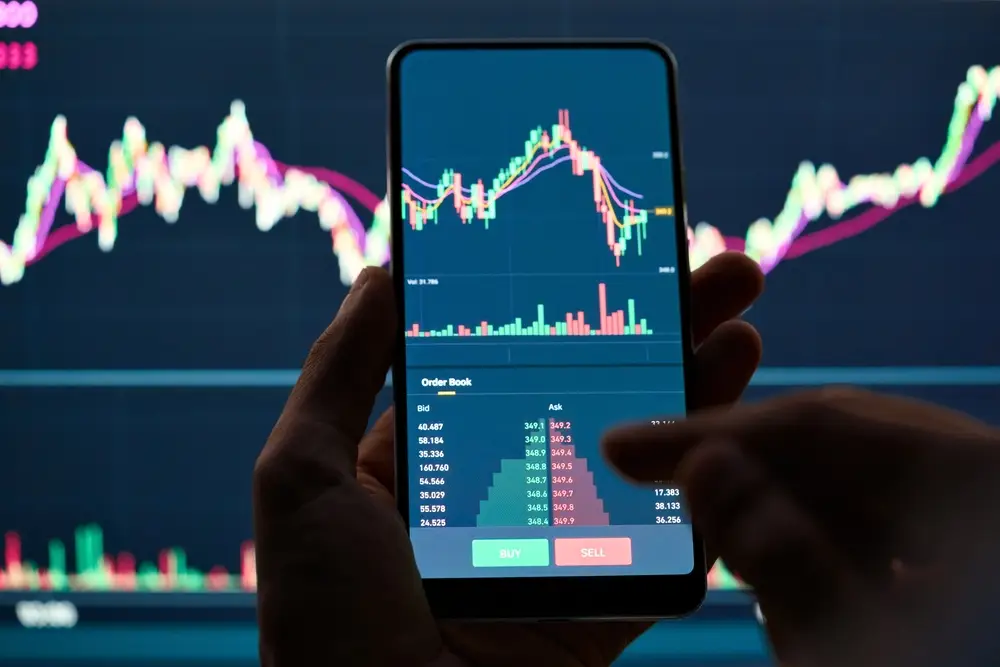What if I told you making money on prediction markets is less about being right, and more about trading smart? It’s true — and you don’t necessarily need to be a sophisticated trader with complex models and statistical projections to do so. People are winning money every day on top prediction market sites like Polymarket and Kalshi by deploying proven prediction market trading strategies.
But if it’s your first time on a prediction market, you might not even know where to start. The platforms are much different than traditional sportsbooks. Learning the tricks of the trade (pun intended) can be frustrating as you navigate order books, contract prices, and resolution criteria across markets.




















